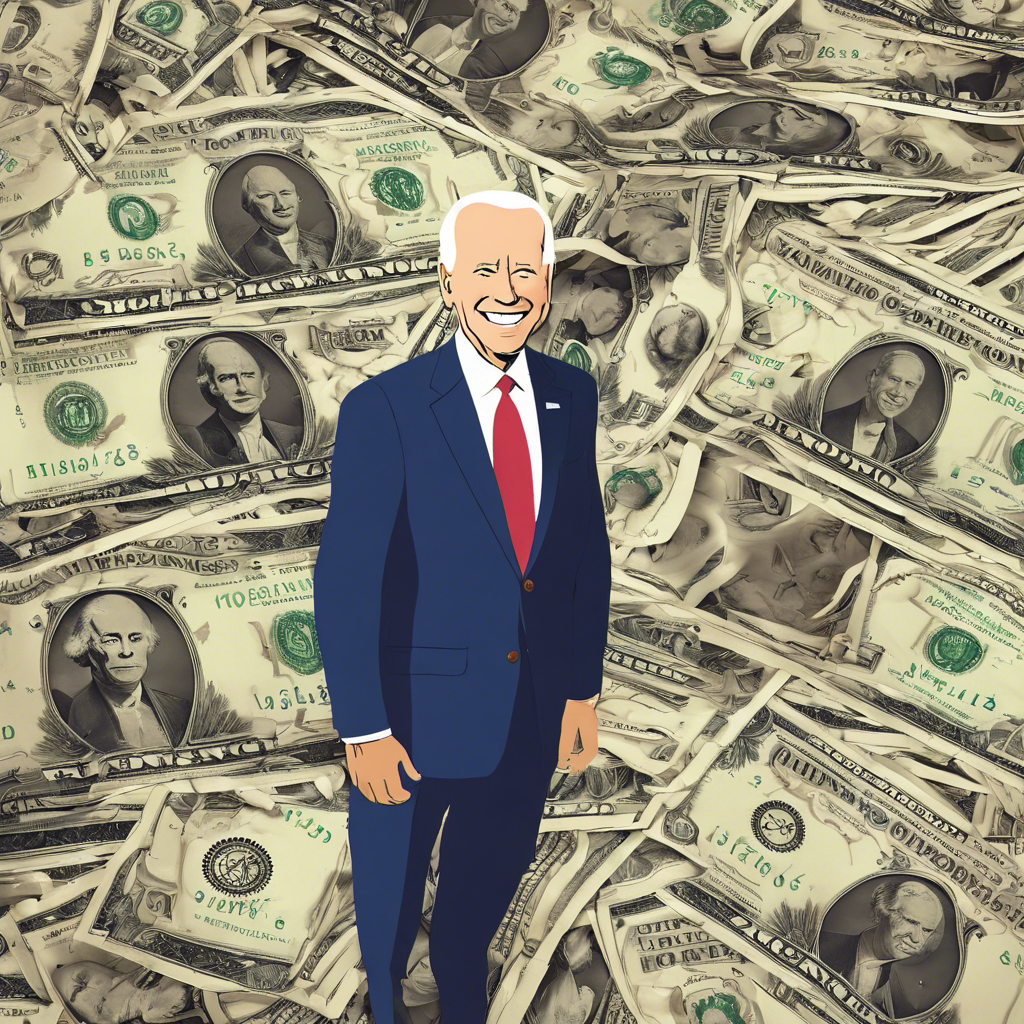Bidenomics: A New Era of Economic Growth and Inclusion

President Biden’s economic agenda challenges the Reaganomics consensus, focusing on middle-out growth and inclusive policies.
When President Joe Biden first introduced his economic agenda, critics dismissed it as “Bidenomics” – a term that was initially used mockingly. However, the Biden Revolution is real, and his economic strategy, centered around middle-out growth and inclusive policies, is proving to be a key factor in shaping the future of the American economy. Despite the strong economic indicators, including low unemployment, rising wages, and robust GDP growth, Biden’s approval rating on the economy remains low. This article explores the core principles of Bidenomics and its potential to establish a new consensus on managing and building the economy.
The Clash of Economic Theories: Bidenomics vs. Reaganomics
Bidenomics challenges the Reaganomics consensus by asserting that a thriving middle class is the primary driver of economic growth. While Reaganomics argues that wealthy “job creators” are the main catalyst for growth, Bidenomics emphasizes the importance of including more people in the economy as entrepreneurs, innovators, well-paid workers, and robust consumers. This fundamental disagreement has significant implications for economic policy and how market economies are understood.
Middle-Out Economics: A Paradigm Shift
Bidenomics represents a paradigm shift from the trickle-down economics of Reaganomics. It recognizes that a strong middle class is not just an effect but a cause of economic growth. The focus is on growing, supporting, and enriching the American middle class directly, rather than waiting for prosperity to trickle down. This shift is reflected in Biden’s policy agenda, centered around public investments, empowering workers, and promoting competition.
Public Investments and Private Sector Growth
Contrary to the belief that public investment crowds out private investment, Bidenomics asserts that targeted public investment can attract more private sector investment. This unorthodox approach has already proven successful, with the CHIPS and Science Act attracting significant private investment in domestic semiconductor manufacturing. The strategy challenges the notion that the availability of investment capital is the primary constraint on growth, emphasizing the importance of focusing on the needs of people rather than money.
Empowering Workers for Economic Prosperity
Bidenomics prioritizes empowering workers, recognizing the crucial role of worker power in determining economic outcomes. This departure from the Reaganomics orthodoxy, which aimed to disempower workers, has already yielded positive results. By joining striking auto workers on the picket lines, Biden signaled a shift in the balance of power, leading to significant wage increases in the industry. The stagnant wages of the past four decades are seen as a feature of Reaganomics, which prioritized wage suppression to keep inflation low and profits high.
Rethinking Antitrust and Economic Efficiency
Bidenomics challenges the Reaganomics approach to antitrust, which prioritizes market efficiency. It recognizes the inefficiencies and risks associated with market concentration and offshoring. The administration’s Executive Order on Competition commits to aggressive enforcement of antitrust laws, diverging from the laissez-faire approach of Reaganomics. This departure reflects a broader rejection of the Reaganomic consensus and a recognition that economic policies should prioritize resilience and inclusivity over capital efficiency.
Conclusion:
Bidenomics represents a departure from the Reaganomics consensus that has dominated economic policy for decades. It offers a coherent alternative theory of growth, grounded in sound economic evidence, and is already producing positive results. By focusing on middle-out growth and inclusive policies, Bidenomics aims to build a more sustainable, secure, prosperous, and inclusive future. The Biden Revolution has the potential to reshape the way we talk about and manage the economy, challenging the notion that economic fairness and economic growth are mutually exclusive. As Bidenomics gains traction, it is clear that Reaganomics is no longer the dominant economic paradigm. The era of Bidenomics has arrived.

